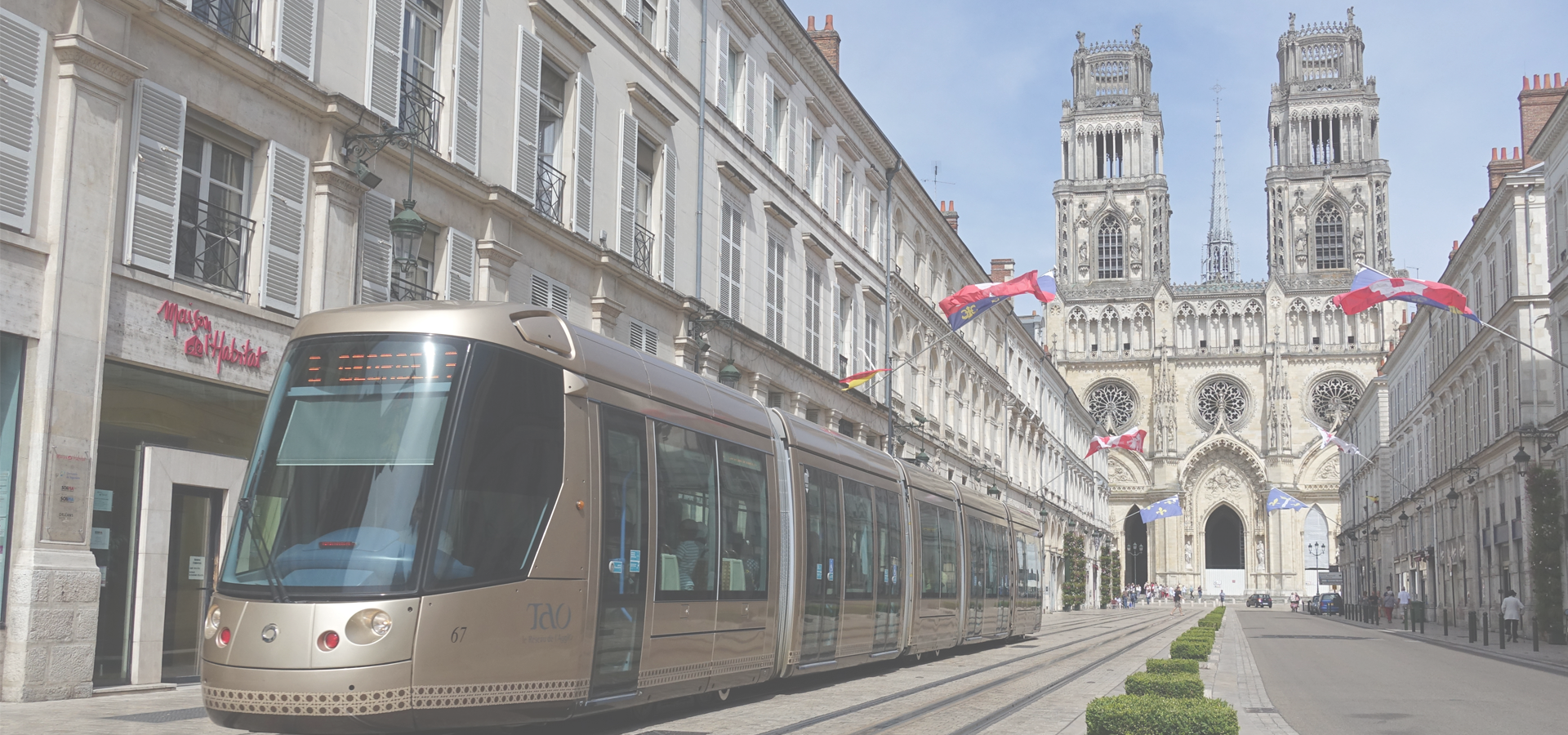Montargis, Loiret Département, Centre-Val de Loire, France
🇫🇷 Montargis is a commune in the Loiret department, Centre-Val de Loire, France.
Montargis is the seventh most populous commune in the Loiret, after Orléans and its suburbs. It is near a large forest, and contains light industry and farming, including saffron. Due to its numerous canals and bridges, Montargis sometimes bills itself as the "Venice of the Gâtinais". Though quite modern, it retains a medieval charm in its downtown area.
1History Though the town is known to date to ancient times, during the Renaissance, fanciful etymologies were invented to account for the place name Montargis, whether as mons argi, Mount of Argus, the place where the jealous goddess Juno charged Argus Panoptes with guarding her rival Io, or connected with the chieftain Moritas mentioned by Julius Caesar, in his Gallic Wars.
1Origins and Middle Ages Numerous Gallo-Roman artifacts have been found in the area and many are in the town's Gâtinais Museum.
Later the town was a stronghold of the Frankish king Clovis I.
Montargis was originally a seat of the house of Courtenay, which fortified a château on a hill overlooking the town. The town was ceded to the king of France in 1188. Eleanor Plantagenet, second daughter of King John of England and wife of Simon de Montfort, 6th Earl of Leicester (killed at the Battle of Evesham), died here on 13 April 1275. In the 14th and 15th centuries it was a royal residence.
1Hundred Years' War In 1427, during the Hundred Years' War, the Earl of Warwick besieged the town with artillery, beginning bombardment on 15 July. During the siege the residents of Montargis sabotaged the dikes of numerous ponds in the district, causing flooding and drowning many of the besieging Plantagenets. On 5 September a French force of 1600 men led by Jean de Dunois and La Hire, commanders who would go on to lead the army of Joan of Arc, broke the siege. It was the first important victory by the army of King Charles VII in the war, gratefully remembered by Charles later.
After being wounded in an unsuccessful attempt to besiege Paris in September 1429, Joan of Arc passed through Montargis on her way to Gien.
After the war Charles VII rewarded the town for its valour by granting it various privileges. In 1490 Charles VIII officially declared the town Montargis Le Franc ("Montargis the tax-free"). This title is abbreviated to MLF in the official coat of arms (seen in the seal shown here). This privilege was renewed by his successors and Montargis remained free of taxes for three centuries until it was revoked during the French Revolution.
1Sixteenth century In 1528 King Francis I granted the town to his sister-in-law, Renée of France, Duchess of Ferrara and daughter of King Louis XII. After her husband, Ercole II, the Duke of Ferrara, died in 1559, Renée resided at Montargis. She sheltered there Protestant Huguenots fleeing from persecutions in Paris and elsewhere during the 16th century French Wars of Religion.
1Industrial development In the 1880s, Hutchinson SA built a rubber factory in Châlette-sur-Loing near Montargis. It today employs 2000 workers to produce tires and parts for vehicles and appliances.
1Chinese connections Montargis was a hub of Chinese expatriate political activity in the 1910s and early 1920s. A significant share of participants in the Diligent Work-Frugal Study Movement (French: mouvement travail-études) stayed there. The most famous of them, Deng Xiaoping, was a worker producing rubber galoshes in the Hutchinson factory of Châlette-sur-Loing for eight months from mid-February to mid-October 1922.
This history became a matter for commemoration a century later. In 2014 the square in front of Montargis railway station was renamed in honour of Deng Xiaoping. In 2016 the Hunan provincial government opened the Historical Museum of French-Chinese Friendship in an old house in the town centre. On 4 May 2019, for the 100th anniversary of China's May Fourth Movement, a bronze memorial to the Work-Study Movement by Chinese sculptor Wu Weishan was inaugurated in front of the railway station.
1Geography Montargis lies on both banks of the river Loing and the Briare Canal, in the Gâtinais region. The town is about 110 km (68 mi) south of Paris and 70 km (43 mi) east of Orléans. Montargis station has rail connections to Nevers, Melun and Paris. The A77 autoroute (Montargis–Nevers) passes west of the town.
1Europe/Paris/Loiret

Montargis has a population of over 14,789 people. Montargis also forms the centre of the wider Montargis Arrondissement which has a population of over 170,285 people. It is also a part of the larger Loiret Département.
To set up a UBI Lab for Montargis see: https://www.ubilabnetwork.org Twitter: https://twitter.com/UBILabNetwork
Twin Towns, Sister Cities Montargis has links with:
🏴 Crowborough, England 🇩🇪 Greven, Germany🇩🇪 Freiburg im Breisgau 47.999
🇦🇹 Baden bei Wien 48
🇦🇹 Vöcklabruck 48.006
🇺🇦 Chystiakove 48.017
🇸🇰 Nové Zámky 47.986
🇩🇪 Tuttlingen 47.983
🇺🇦 Troitsko-Khartsyzk 47.963
🇭🇺 Nyíregyháza 47.953
🇦🇹 Neusiedl am See 47.949
Locations Near: Montargis 2.7333,47.9978
🇫🇷 Montereau-Fault-Yonne 2.951,48.385 d: 46
🇫🇷 Pithiviers 2.251,48.172 d: 40.7
🇫🇷 Savigny-le-Temple 2.583,48.584 d: 66.1
🇫🇷 Seine-et-Marne 3,48.6 d: 69.8
🇫🇷 Corbeil-Essonnes 2.482,48.614 d: 71
🇫🇷 Évry-Courcouronnes 2.431,48.625 d: 73.2
Antipodal to: Montargis -177.267,-47.998
🇹🇴 Nuku'alofa -175.216,-21.136 d: 17022.6
🇦🇸 Pago Pago -170.701,-14.279 d: 16217.2
🇼🇸 Apia -171.76,-13.833 d: 16182.2
🇵🇫 Papeete -149.566,-17.537 d: 15798.4
🇺🇸 Hilo -155.089,19.725 d: 12166.9
🇺🇸 Maui -156.446,20.72 d: 12096.8
🇺🇸 Maui County -156.617,20.868 d: 12085.4
🇺🇸 Wailuku -156.505,20.894 d: 12079.7